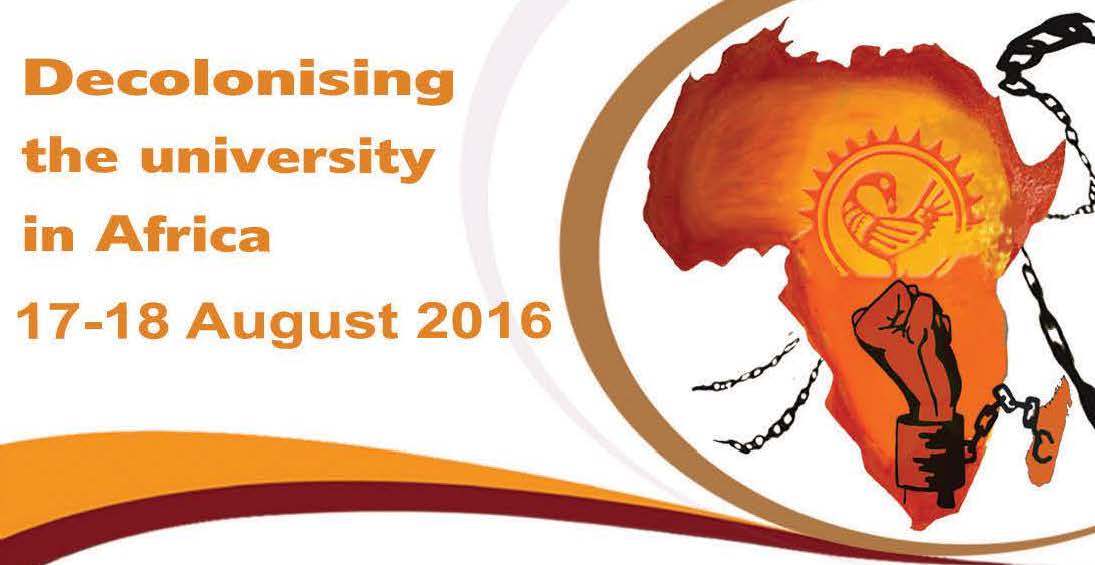
Historical Background: In apartheid South Africa, the education of students with disabilities (SWDs) remained low on the priority list of the National Party government. Little attention was paid to developing built environments in such a way as to include SWDs particularly students with physical disabilities (SWPDs). Post 1994 with the enactment of the new Constitution, (Section 29(1)(a) guaranteed everyone, including persons with disabilities (PWDs), the right to education and in 2007, the South African government ratified the Convention on the Rights of Persons with Disabilities (UNCRPD). Article 9 of the UNCRPD obliges higher education institutions (HEIs) to make their physical built environment accessible to PWDs by applying the accessibility principles of ‘universal design’ and ‘inclusive design’ which aim to achieve diversity and inclusivity by ensuring the full physical accessibility of all buildings to all people. In line with these accessibility principles the 2008 National Building Regulations and Building Standards Act (NBRBSA) provides for minimum standards of accessibility. The National Council for Persons with Physical Disabilities endorses the principle of accessibility as a precondition for the participation of people with disabilities in society and inclusive education policies such as the Education White Paper 6, Special Needs Education: Building an Inclusive Education and Training System impose an obligation upon all HEIs to ensure that there is appropriate physical access for all learners. In practice, progressive legislation has had minimal impact on improving access for SWDs in higher education environments where many buildings remain inaccessible. HEIs have not fully implemented the minimum requirements of the NBRBSA. Two recent cases of admission forms being denied to SWDs by two public universities on the grounds that they do not have appropriate facilities to accommodate these students. In November 2013 the Nelson Mandela Metropolitan University (NMMU) denied admission to three visually impaired students. In January 2015, a wheelchair user’s application was turned down by Tshwane University of Technology (TUT) on the grounds that the university was not physically accessible for wheelchair users. In recent prominent calls for universities to be decolonised and the names of buildings changed on the grounds that they symbolise ‘institutional racism’ and ‘colonialism’ the interests and voices of SWDs have been muted.
Purpose: In this paper we look at what measures universities are taking to make their built environments more accessible to students with diverse types of disabilities in line with international accessibility principles.
Methodology: Sample of 28 DUSMs drawn from 10 different public universities in four provinces of South Africa. Data were collected using qualitative semi-structured in-depth face-to-face interviews. Data were analysed inductively to understand the effectiveness of DUSMs in influencing important decision-making regarding making South Africa’s university campuses physically accessible to SWDs.
Results: DUSMs expressed concerns over the gate-keeping role played by the top university management in not supporting accessibility initiatives through allocating funds for making physical adjustments to old buildings; funding building access audits and where access audits are carried out there is foot dragging on the part of the university management when it comes to providing funds for restructuring those buildings. Accessibility is said to be ‘too costly’ in proportion to the small numbers of SWDs that would benefit from such measures. While DUSMs seem well aware of how the access, equal participation, retention, success and equality of outcome of SWDs is being thwarted, our data suggests a sense of powerlessness on the part of these staff members who are charged with protecting and advancing the interests of SWDs. They have minimal autonomy and direct influence on decision-making and this lessens their chances of making effective changes to improve the position of SWDs.
Conclusion: The reluctance on the part of university management to take proactive measures to make campuses physically accessible to all prospective students is a clear indication that disability has not yet been put at the centre of the transformation agenda in South Africa’s higher education. In order for this to change, DUSMs need to be empowered to influence decision making regarding the implementation of inclusive policies and legal obligations. These units moreover need to take a leading role in providing sensitization workshops aimed at conscientising the university management on an accessible built environment as an important right of SWDs.
Key words: higher education transformation; universities’ built environment, principle of accessibility, students with physical disabilities
